PRESS RELEASE
The Military Aviation Museum acquired a WWII Navy Bombardier Trainer, the Beechcraft SNB-1 in 2022. This unusual aircraft played a vital role in the war effort by training the Navigators and Bombardiers who served on aircraft like the B-17 “Flying Fortress” and B-24 “Liberator.” While the SNB has been in restoration, a remarkable story has emerged about the woman who led Beechcraft through WWII and beyond. It is not widely known outside of the aircraft manufacturer’s hometown of Wichita, Kansas, that Olive Ann Beech led the company through some of the country’s hardest times, receiving awards and recognition for production excellence.
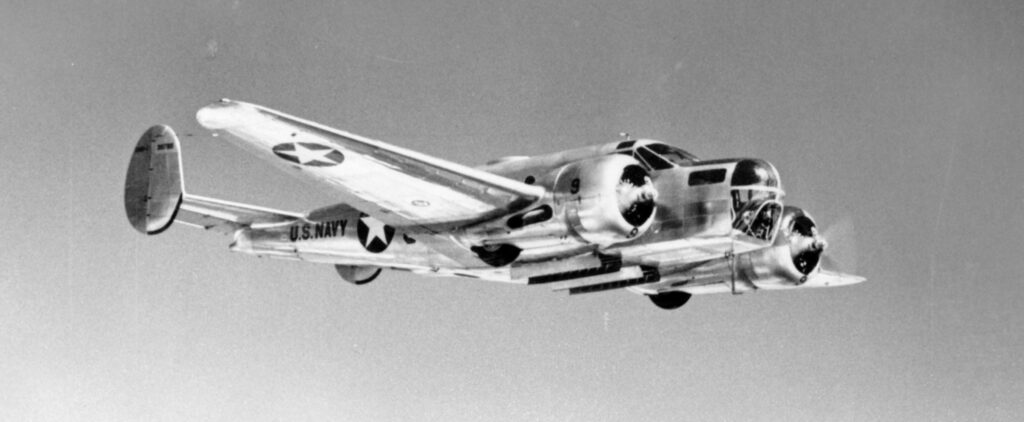
Her list of firsts was so astonishing that she would go on to be known as the First Lady of Aviation after World War II. As the leader of a major defense contractor during the war, she presided over the construction of more than 7,400 aircraft. After the war, Beech was officially named President and CEO and helmed the company’s growth into the 1980s. She was named to a Defense Advisory Committee, selected for a White House Commission, received an honorary doctorate, awarded the prestigious Wright Brothers trophy and Fortune Magazine hailed her as one of the 10 highest-ranking women in the 1970s.
And now, as a tribute to her, and a reminder of the exemplary life she led, the Museum has chosen to name the aircraft Olive Ann, and commissioned noted aviation artist, Chad Hill of Django Studios, to create nose art for the SNB to honor Mrs. Beech.
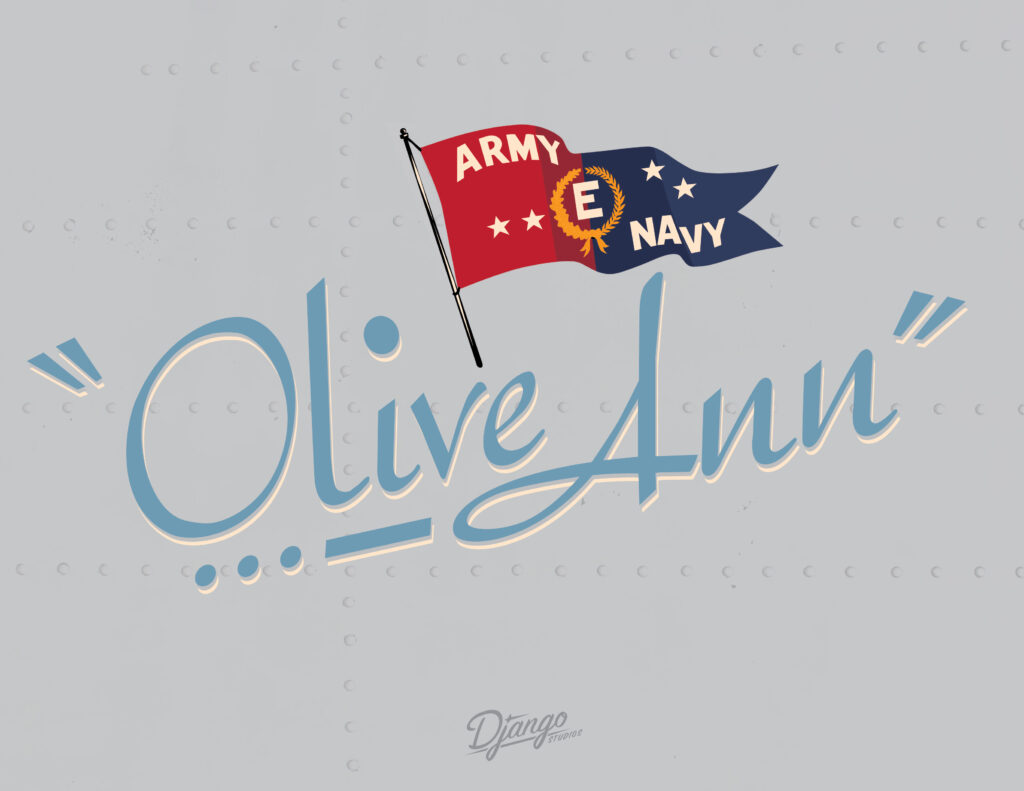
Walter and Olive Ann Beech and several others founded Beech Aircraft Corporation in 1932, “with the goal to build the finest airplanes in the world.” When Walter fell ill in 1940, Olive Ann stepped in to shepherd the company through the incredible growth during WWII and the company won five Army-Navy “E” Awards, for excellence in production.
The SNB-1 would in many ways, be an encapsulation of the Beechcraft commitment to excellent aircraft. With war looming worldwide, an airplane designed as a small airliner was rapidly redeveloped to cater to the Military’s wide-ranging needs. As a twin-engined aircraft, it would train pilots to fly multi-engined bombers. Fitted with a glass nose, it was the most capable bombardier trainer and a turret could be added to train aerial gunners. Add to that, photographic reconnaissance and navigator training, along with the capability to remote control early drones, were all functions the ever-capable Beechcraft would perform.
At a recent meeting with members of the Beech family, Museum Director Keegan Chetwynd shared the preliminary artwork intended for the aircraft. “Aircraft nose art is some of the most incredible American Folk Art, and each time we choose to add it to an airplane, we reconnect with an important wartime tradition,” said Chetwynd, who went on to add that, “While it was common during the war to immortalize a sweetheart, or stern message to the enemy in the artwork when we name an aircraft nowadays, we look for an important historical connection.”
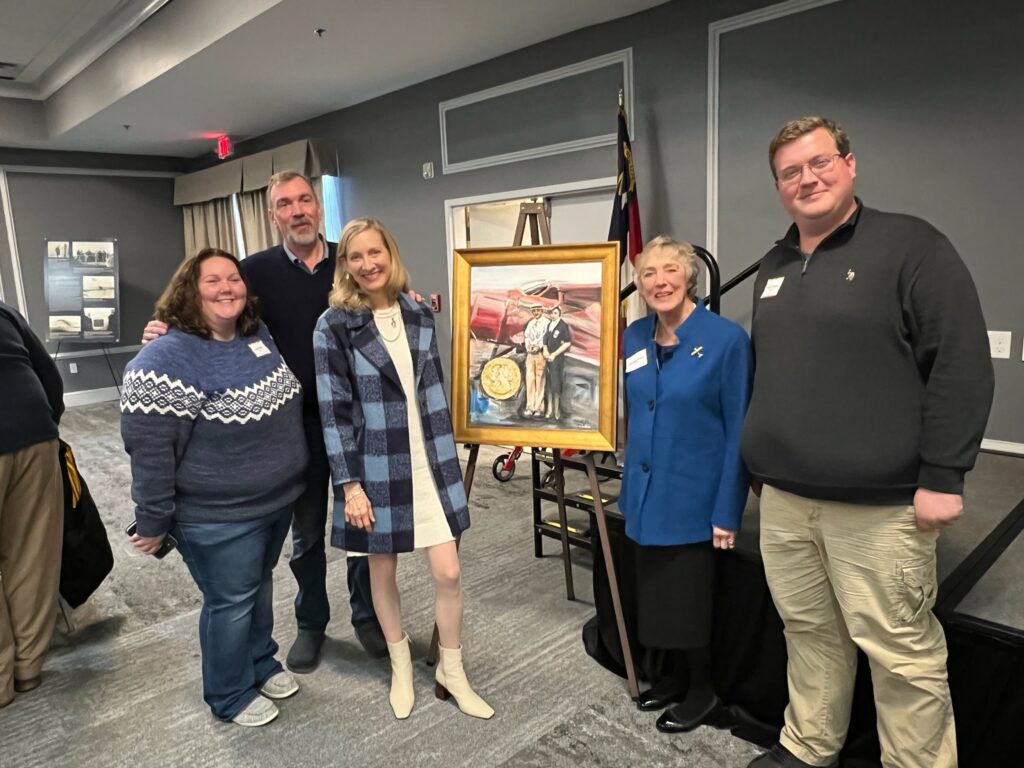
When reached for comment, Mary Lynn Oliver, daughter of Walter and Olive Ann Beech explained, “Our family is so impressed by the passion and careful attention to detail shown by the team working on the aircraft.” Granddaughter Jennifer Pitt added, “We are honored that the aircraft will be called Olive Ann, and are looking forward to the trip out to see it when it is finished!”
With help from the family, the artwork created includes several important details that capture Olive Ann’s story. Three dots and a dash, a symbol of victory in WWII, along with the flag pennant awarded by the Army and Navy for production excellence, and perhaps most importantly, the lettering is in “Mrs. Beech Blue.” Recommended to her by fashion designer Oleg Cassini, her shade of blue found its way onto her suits, office furnishings, cars, and her personal aircraft interiors.
The Beech SNB-1 will be dedicated later this year, and the nose art unveiling will be attended by the Beech Family.
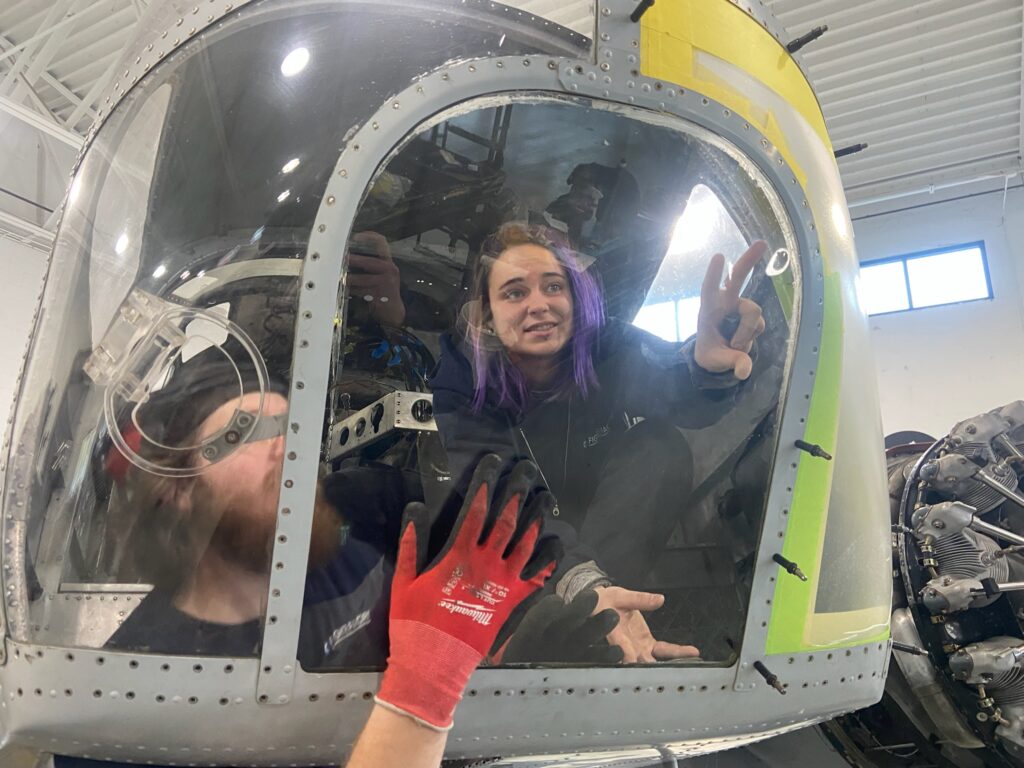
About the
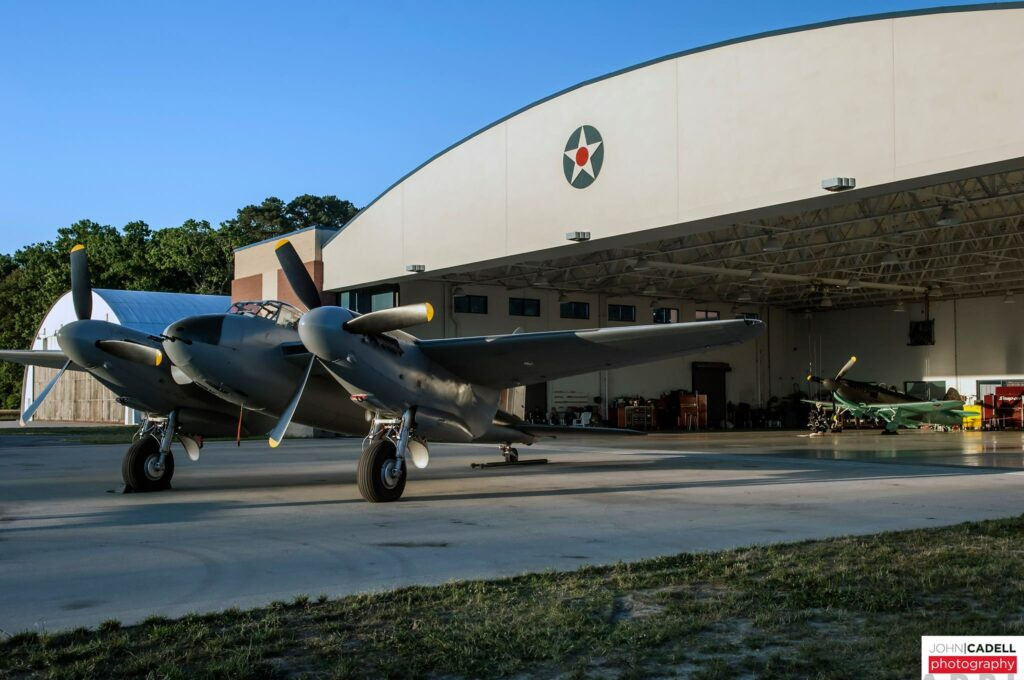
A 501 (c)(3) not-for-profit organization, the Military Aviation Museum is home to one of the world’s largest collections of airworthy military aircraft from World War I and World War II. Truly a living museum, its aircraft are in restoration at facilities around the world. Besides the main Museum, the Virginia Beach complex features additional exhibition spaces, including a mid-1930s Luftwaffe hangar, originally from Cottbus, Germany, which now serves to house the Museum’s collection of WWII-vintage German aircraft. Additional structures include the WWI Hangar and the original control tower from RAF Goxhill built in England in 1942.
Visit www.militaryaviationmuseum.org for more information or call 757-721-7767.